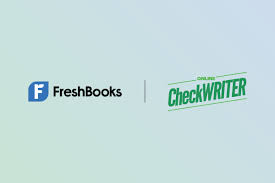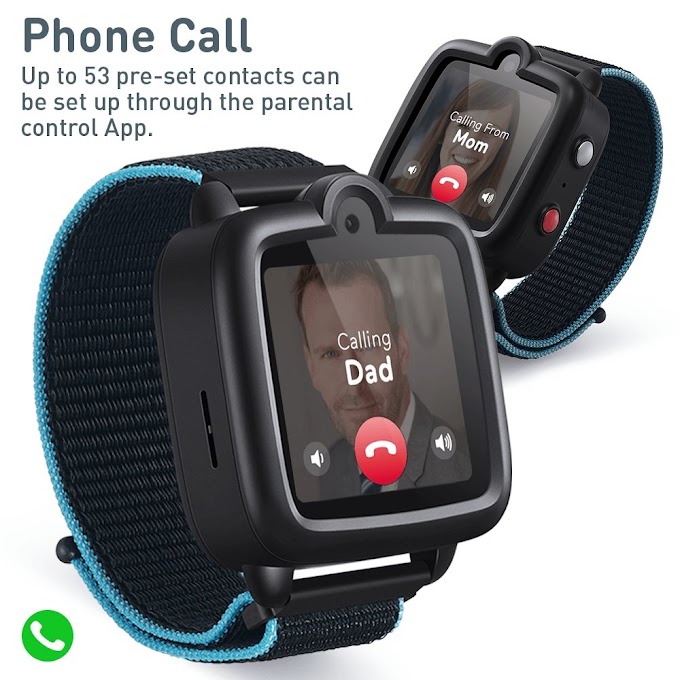Sending videos via text message is a convenient way to share moments with friends and family. However, many users encounter challenges, particularly with file size limits and video length. This article explains whether you can send videos by text, the restrictions on video length, and how to send longer videos effectively.

Carriers typically allow a maximum file size of 1MB to 3.5MB for videos sent via MMS, however the length of video that can be texted depends on the limit set by your mobile carrier.
Understanding these tips and tricks can make sharing videos by text much easier, helping you stay connected with others through rich media messaging. Whether sharing a quick clip or a longer recorded event, you now have the tools to ensure your video reaches its audience effectively.
URL shorteners play a crucial role in managing and tracking URLs, providing insights, and improving link aesthetics. Here are 24 leading URL shorteners, each with its unique set of features:
Shorte.st: Besides shortening URLs, it offers a way for users to earn money by sharing shortened links, adding a unique twist to the usual URL shortening service.
Branded links, a powerful evolution of standard short links, enhance your brand’s visibility and trustworthiness with every click. This article explores what branded links are, how they function, their benefits, and how you can create them to strengthen your digital presence.
A branded link is a type of short link that references a brand name or keyword within the domain name and URL slug. Branded links are often referred to as vanity URLs or keyword links.
Unlike generic, unbranded short links, branded links incorporate your business’s name or key terms into the domain and slug, making them more recognizable and trustworthy to users.
Branded links work by utilizing two main components: branded short domain names and branded URL shortening. Let’s breakdown these components to better understand how branded links work.
With a branded link shortener, you can customize the back half of your URL to make it relevant to the specific content or campaign (e.g., “/sale” or “/new-product”).
First, they’ll need a branded short domain. In this case, they can acquire a condensed version of their domain like brgr.sh to use for creating branded short links. ccTLDs like .sh are commonly used for this purpose.
Studies have shown that branded links can improve click-through rates up to 34% compared to generic short links. While generic links could take users anywhere, branded links provide users with trust.
Instead of looking for a URL in a long list, your branded links will immediately communicate what content it leads to, making managing your links much simpler.
In order to avoid duplicate content issues, utilize proper redirects to make sure search engines know that your main domain, not your branded domain, is the canonical link to be referenced.
In order to avoid broken links, set the index and 404 redirects for your custom domain to your main website. This way you won’t miss out on any traffic if your short links break.
By incorporating Clickly branded short links into your digital marketing campaigns, you can enhance user engagement, boost brand awareness, and track the effectiveness of your content with precision. These links not only streamline user experiences but also fortify the credibility of your digital content.
Maintaining a healthy website involves consistent monitoring and updating hyperlinks to keep them from breaking. Understanding what broken links are, how to identify them, and the methods for fixing them are crucial for website maintenance. This article provides a comprehensive guide on handling broken links effectively.
A broken link, also known as a dead link, occurs when a hyperlink on a website points to a page or server that is no longer available.
Broken links can arise due to various reasons such as the removal of the linked page, changes in the URL structure, or the expiration of a domain.
Shortened LinkTimeout Error: Links that result in a timeout error often point to a server that is no longer operational or is experiencing issues that prevent it from responding in a timely manner.
Yes, broken links on a website can have a negative impact on SEO. When a search engine crawls a website, it scans both internal and external links to get more context about the website and its content.
If a link is broken, it hinders search engines from fully contextualizing your website, which ultimately tells search engines that your site is not updated or providing the most available information.
If a URL no longer exists but the content can be found on a new page, implement a 301 redirect for the old URL to the new URL.
Not only does it improve site navigation, but it also boosts your site’s SEO performance by ensuring that search engines can efficiently index your site and visitors are not frustrated by dead ends.
As it gets harder and more expensive to find brandable domain names in .com, country-specific domain name extensions (ccTLDs) have grown in popularity. This article explains the meaning of ccTLD, compares ccTLDs with gTLDs, discusses their impact on SEO, and addresses frequently asked questions.
A ccTLD (Country Code Top-Level Domain) is a type of domain extension that connotes a specific country or geographic entity. These two letter extensions are managed and administered by the countries they represent.
ccTLDs were first created in 1985 with the .us extension for the United States. Since then, hundreds of ccTLDs have become available to help in localizing content on the Internet.
Note that not all ccTLDs are available to register freely. Some ccTLDs can only be registered by locals in a given country, while others are restricted for government, corporate, or educational use.
While search engines do not explicitly assign ranking value to any ccTLD, the use of one can have an indirect impact on SEO, both good and bad.
For example, a popular brand using a ccTLD may rank well in search engines, however uninitiated searchers might not recognize the extension, causing them to scroll past.
Understanding ccTLDs and how they fit into your overall web strategy is vital for targeting specific markets and enhancing your online presence. Regardless of which you choose, your success lies ultimately in your branding and marketing efforts.
Click tracking is a powerful analytical tool that provides deep insights into how users interact with online content, from websites to emails. This comprehensive guide will explain what click tracking is, how it works, its benefits, and how to implement it effectively using various tools.
Increased Conversion Rates: Insights from click tracking can guide strategic adjustments in marketing tactics, potentially increasing conversion rates by directing users more effectively through the sales funnel.
Tracking Pixels: Often used in emails and ads, these tiny, transparent images load when a user opens an email or visits a page, capturing data on user behavior and engagement.
Clickly makes it fast and easy to set up click tracking and get valuable insight into your link clicks. Here’s how to track link clicks on our platform:


.jpg)






